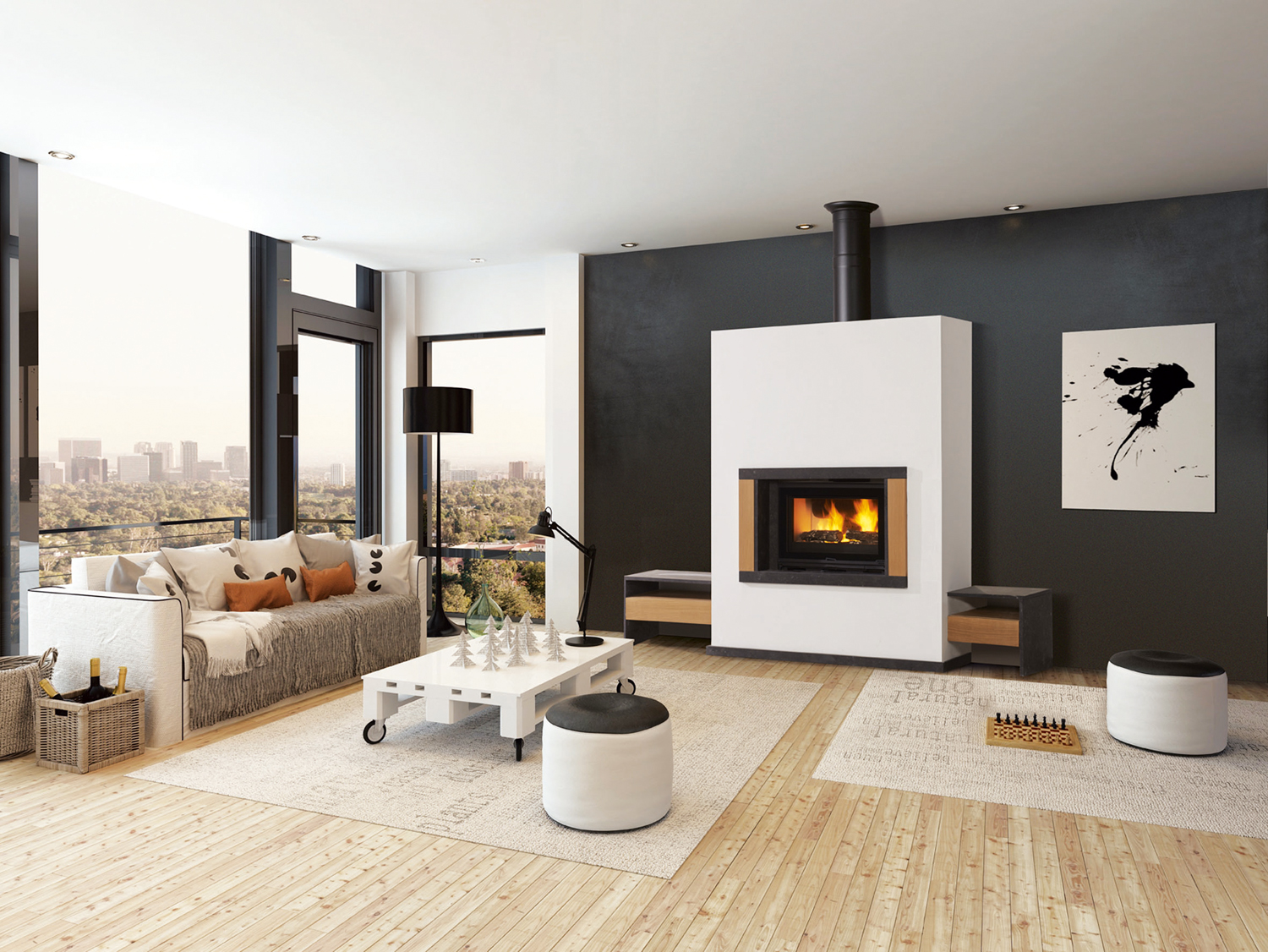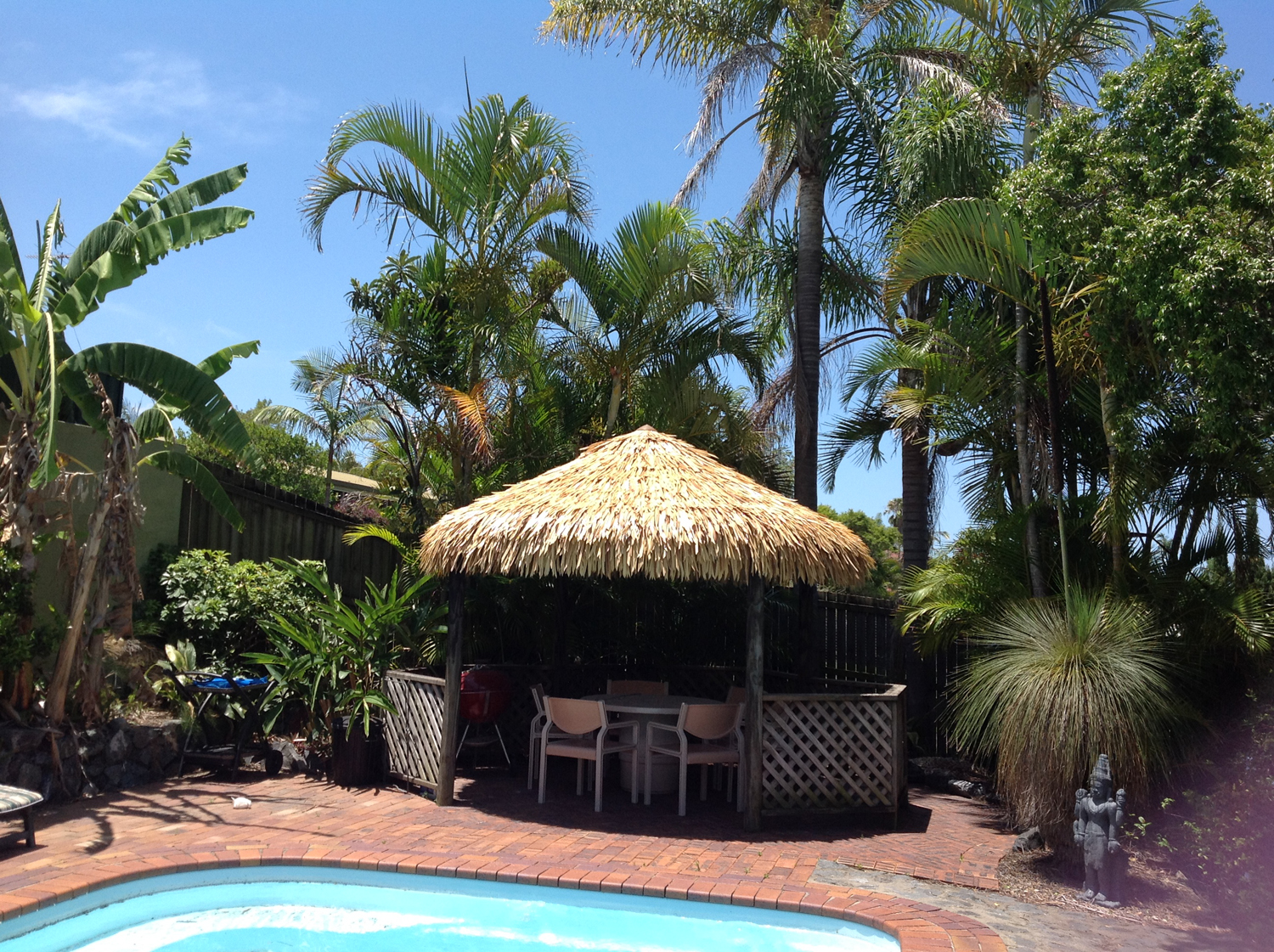Find out how to make your home warmer in winter and cooler in summer without cost to your pocket or our planet.

Sick of your home feeling like a sauna in summer or an ice-box in winter? Tired of the accompanying bills associated with heating and cooling? You can live in a comfortable home year-round with passive solar design.
Passive solar design explained:
Passive solar design can help all of us, and the planet, by cutting down on the combustion of fossil fuels by power stations to generate electricity. The use of passive solar principles means you can save money on electricity useage and help reduce the amount of carbon dioxide going into the atmosphere and adding to the greenhouse effect.
Think of passive solar design in terms of five simple points: thermal mass, orientation, insulation, zoning/breeze paths, and co-operation between the building shape/colour and its environment. Although a well-designed passive solar house would address all these points in its design, you can incorporate some into your own home right now.
Orientation:
Correct orientation of a house is critical. In our hemisphere, the sun travels across the northern part of the sky, so it’s practical to locate living areas on the north side of the house so everyone can enjoy the warmth of the sun in winter. The sun is at an angle of only 32 degrees at noon, so will be lower in the morning and afternoon, allowing the sunlight to enter the home for heating purposes. In summer, we want the reverse to occur. Then the sun is at a higher angle, about 76 degrees at noon, so a correctly calculated eaves overhang can prevent the sun overheating the house.
But what if an existing house doesn’t have the correct eaves? In that case, eaves need to be added to deal with the summer sun. A pergola, for example, can be added to the northern side of the house to provide correct shading. But be careful that it’s well-planned by a designer or architect to ensure the pergola will cut out the sun you don’t want.
Breeze paths:
Breeze paths are also very important in summer. Making sure the summer breezes are able to travel in a straight path through your home will help to cool it. Breezes do not move freely around corners, so it’s vital to place windows or doors opposite each other. It’s a simple planning technique to align doors and windows so air can move freely through the house. This will allow the house to capture the night breezes which cool the house after a hot day.
The use of a glasshouse can act as a cooling “motor” and landscaping on the south side can assist in cooling the house on hot days, too.
Building shape:
Co-operation with, or “linking” the building shape to, the garden is another important factor to consider. Trees that shade your house year long will obviously make the house cold in winter. In summer, though, trees can help direct cooling breezes.
The type of planting is the key. For example, a deciduous tree planted on the northern side of the house will provide shading in summer and allow sunlight to penetrate in winter. If evergreen trees are correctly planted on the east and west sides of the house, they will provide shading to windows on the east and west all year. This is where most of the summer heat accumulates, so protective shade planting around the house is imperative.
The location of a swimming pool can also assist greatly in cooling a house in midsummer, if the pool is placed on the north side. The water acts a huge “thermal store”, allowing heat to dissipate when the wind blows and causing a cooling effect to send cool breezes through the house.
Insulation:
It goes without saying that good insulation is crucial. Insulation is more than fluffy pink or yellow stuff stuck into the roof cavity. It’s not helpful to insulate willy nilly, either. Insulation must be planned with the design of the house. Wrong installation of insulation can actually make the house hotter in summer.
It’s also important to install the correct curtains, which are another important factor in insulation. Dense heavy-duty curtains will keep out the heat in summer and maintain the warmth in winter.
Door seals on all external doors and weather seals around all openings and external glass areas are also important for good insulation.
Thermal mass:
Thermal mass is a misunderstood aspect of good solar passive design. Most houses today use a concrete slab but few home builders or designers take advantage of the thermal benefits the slab can offer.
Correctly oriented, the slab should be tiled for maximum thermal benefits. With correct orientation and glazing to the north side of a house, a tiled living area will return comfort benefits to the whole family throughout summer and winter. So if the house is new, orient the living areas to the north and tile the floors. If it’s an existing house and the carpet needs replacing, substitute with tiles and live a happy, more comfortable, healthier lifestyle.
These are just some of the easy ways you can incorporate passive solar design into your home.
Gareth Cole is an ecological architect and a specialist in this field. To learn more about how your home can be more energy-efficient visit www.garethcole.com




